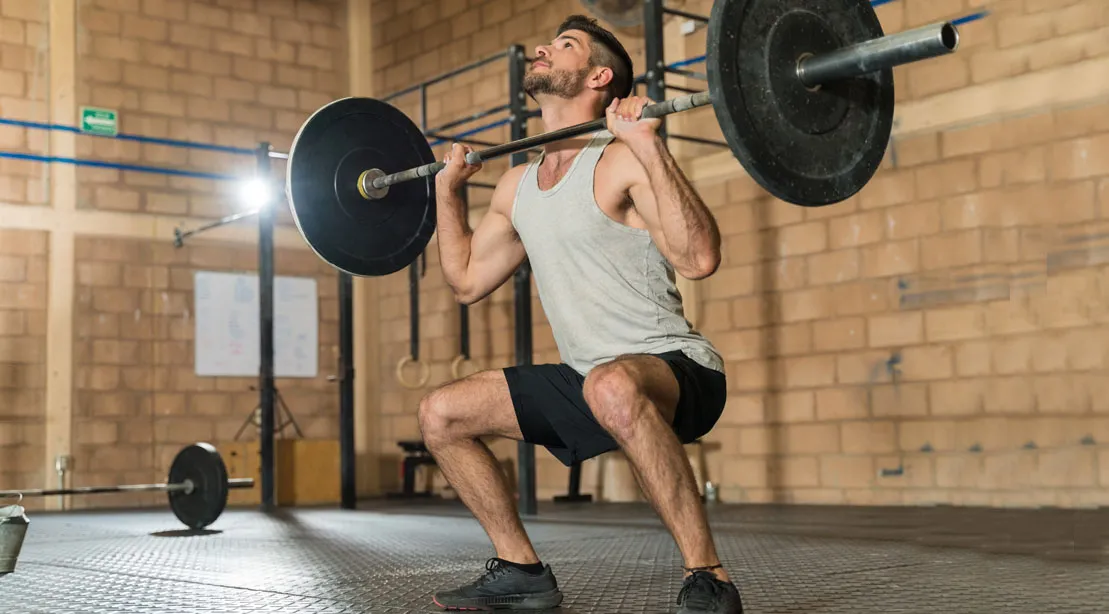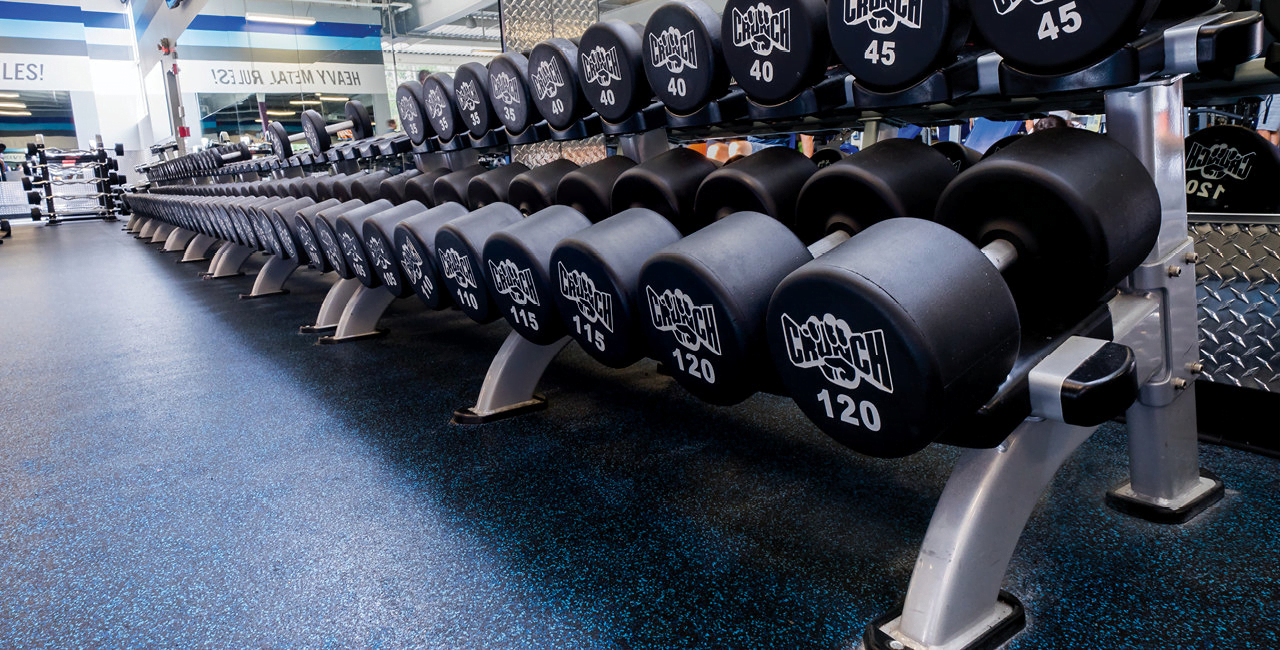In this article you will find:
Unlocking Fitness Secrets: How Much Weight Should Beginners Really Lift?
Entering the world of weightlifting can be a daunting experience, especially when you’re unsure of how much weight you should be lifting as a beginner. It’s a question that plagues many newbies: How much weight should beginners lift? The answer isn’t as straightforward as you might believe, and it depends on a variety of factors, including your physical condition, workout goals, and more. This article aims to demystify the subject and guide you on your fitness journey.
Understanding the Basics
To start with, it’s essential to comprehend the fundamental principle of weight training. It’s not about lifting the heaviest weights you can find. Instead, it’s about progressive overload, a concept that involves gradually increasing the amount of stress placed on your body during exercise. This method allows your muscles to adapt and grow stronger over time.
The amount of weight you should lift as a beginner will depend on your fitness level, body size, and the specific exercise you’re performing. For instance, you might be able to lift more weight when doing a leg press than when performing bicep curls.
Starting Point: The Lighter, the Better
As a beginner, it’s recommended to start with lighter weights. This approach allows you to focus on perfecting your form, which is crucial to prevent injuries and ensure effective muscle engagement. Once you can comfortably perform 12-15 repetitions without breaking form, it’s time to increase the weight.
An interesting fact about weightlifting is that Arnold Schwarzenegger, the legendary bodybuilder and actor, started with just a broomstick to perfect his form before moving on to heavier weights.
Common Mistakes in Beginner Weightlifting
In the quest to gain strength and muscle, beginners often make a few common mistakes. One is lifting too much weight too soon, leading to poor form and potential injuries. Another mistake is not resting enough between sets or workouts, which can hinder recovery and muscle growth. Lastly, many beginners tend to ignore the importance of a balanced diet, which plays a critical role in muscle building and recovery.
Striking the Right Balance
The key to successful weightlifting lies in finding the right balance between the weight you lift, the number of repetitions you perform, and the rest you get. As a rule of thumb, if you can’t maintain proper form for at least 12 repetitions, the weight is probably too heavy. Conversely, if you can easily do more than 15 repetitions, the weight is likely too light.
Finding Your Sweet Spot
To find your ideal starting weight, perform the exercise with a weight you think you can lift for 12-15 reps. If you can’t reach 12 reps, the weight is too heavy. If you can easily do more than 15 reps, the weight is too light. Adjust the weight accordingly until you find your sweet spot.
Remember that progress in weightlifting is not linear. Some days you might be able to lift more than others. The key is to listen to your body and adjust your weights accordingly.
In conclusion, the question of how much weight should beginners lift doesn’t have a one-size-fits-all answer. It’s a process of trial and error, learning, and most importantly, patience. So, start light, focus on form, gradually increase the weight, and remember that fitness is a journey, not a destination. Happy lifting!




